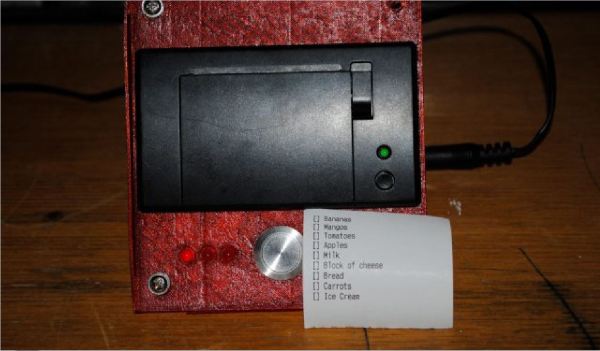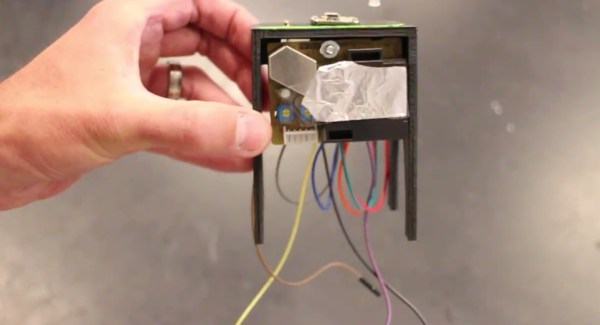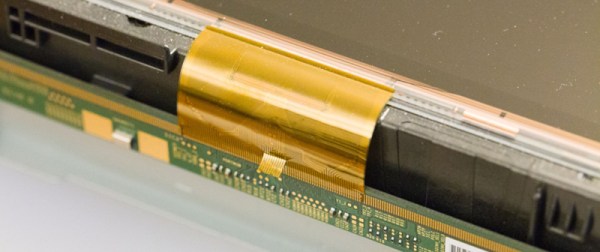[dyril] over on the EEVblog has a broken LED TV. It’s a fairly standard Samsung TV from 2012 that unfortunately had a little bit of corrosion on the flexible circuit boards thanks to excessive humidity. One day, [dyril] turned on his TV and found about one-third of the screen was glitchy. After [dyril] took the TV apart, an extremely strange fix was found: shining a light on the corroded flexible circuit board fixed the TV.
The fix, obviously, was to solder a USB light to a power rail on the TV and hot glue the light so it shines on the offending circuit. Solving a problem is one thing, though, understanding why you’ve solved the problem is another thing entirely. [dyril] has no idea why this fix works, and it’s doubtful anyone can give him a complete explanation.
The TV is fixed, and although you can’t argue with results, there is a burning question: how on Earth does shining a light on a broken circuit board fix a TV? Speculation on the EEVblog thread seems to have settled on something similar to the photonic reset of the Raspberry Pi 2. In the Raspberry Pi 2, a small chip scale package (CSP) used in the power supply section would fail when exposed to light. This reset the Pi, and turned out to be a very educational introduction to photons and energy levels for thousands of people with a Pi.
The best guess from the EEVblog is that a chip on the offending board handles a differential signal going to the flex circuit. This chip is sensitive to light, and shutting it down with photons allows the other half of the differential signal to take over. It’s a hand-wavy explanation, but then again this is a very, very weird problem.
You can check out [dyril]’s video demonstration of the problem and solution below. Thanks [Rasz] for sending this one in.
Continue reading “Fixing Broken Monitors By Shining A Flashlight” →


















